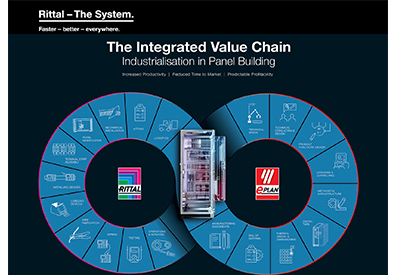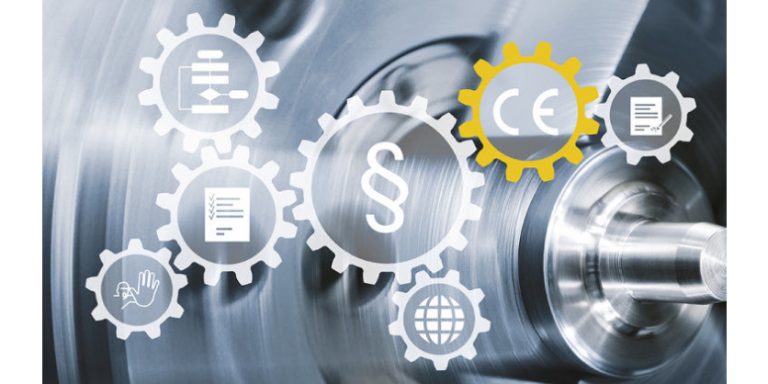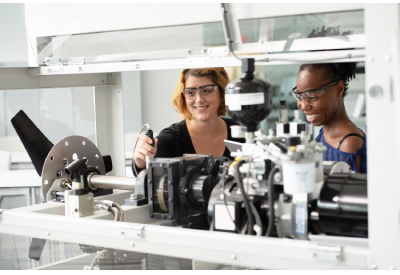Ontario Launches First-Ever Hydrogen Strategy

April 7, 2022
The Ontario government has released its Low-Carbon Hydrogen Strategy to accelerate the development of the low-carbon hydrogen economy in the province that will create jobs and reduce emissions. The strategy will position Ontario as a clean manufacturing hub, ready to support new investments to produce clean steel, electric vehicles (EV), and the batteries that power them.

“Through our Hydrogen Strategy, we are leveraging our province’s world-class talent and clean energy advantage as we position Ontario as a world leader in hydrogen,” said Todd Smith, Minister of Energy. “When energy is clean, reliable and affordable, our whole province benefits. By building critical infrastructure for the industries of the future, including new hydrogen production projects, we are laying the groundwork for game changing investments in EV production and clean manufacturing that will create good paying jobs, grow our economy and reduce emissions.”
Since taking office, the government has worked to make Ontario the best place to do business. By reducing electricity costs, lowering taxes and cutting red tape, the cost of doing businesses has been significantly reduced, supporting new investment in the province.
The strategy builds on that progress and leverages the province’s strengths, including a highly skilled workforce, clean and affordable electricity, existing storage and pipeline infrastructure, and an innovative industrial sector that is poised to collaborate on hydrogen. With immediate actions, including hydrogen production projects and a new electricity rate option pilot for hydrogen producers under consideration, Ontario’s Low-Carbon Hydrogen Strategy will position the province as the clean manufacturing and transportation hub of the future.
To become a leader in the low-carbon hydrogen economy, Ontario’s strategy is guided by the following objectives:
- •Generate economic development and jobs: capitalize on Ontario’s competitive and regional advantages, including our talent, infrastructure and resources, to accelerate growth in Ontario’s low-carbon hydrogen economy.
- •Reduce greenhouse gas emissions: support our Made-in-Ontario Environment Plan targets to reduce greenhouse gas emissions by encouraging the use of low-carbon hydrogen.
- •Promote energy diversity: consider how low-carbon hydrogen can cost-effectively support Ontario’s evolving energy system and build redundancies through electricity storage and clean fuel supply.
- •Promote innovation and investment: enable opportunities for low-carbon hydrogen use and position Ontario as a leading destination for investment.
- •Strengthen collaboration: work with the private sector, the federal government, municipalities, Indigenous communities, academic institutions and other stakeholders to grow and sustain a low-carbon hydrogen economy in Ontario.
Based on Natural Resources Canada modelling, Ontario’s low-carbon hydrogen strategy could support over 100,000 jobs and greenhouse gas emissions reductions of 50 megatonnes per year by 2050 – the equivalent of taking about 15 million cars of the road.

“As a fuel that can be produced and used with little to no greenhouse gas emissions, low-carbon hydrogen has tremendous potential to help us meet our long-term economic and environmental goals,” said David Piccini, Minister of the Environment, Conservation and Parks. “Supporting innovation and investment in clean technologies will help secure a cleaner, more prosperous Ontario now and for generations to come.”
As part of this strategy, the government is supporting a proposal from Atura Power, a wholly owned subsidiary of Ontario Power Generation (OPG), to build, own and operate the province’s largest low-carbon hydrogen production facility in Niagara Falls. This project alone would expand the province’s hydrogen production capacity eight-fold.
The proposed facility would be a source of low-carbon hydrogen with a 20-megawatt (MW) electrolyzer that is capable of providing grid balancing services and using low-cost off-peak electricity. Ontario’s support for the project includes an exemption from the Gross Revenue Charge for electricity generated at the Sir Adam Beck Generating Station used specifically for hydrogen production.
Quick Facts
- •Hydrogen is a versatile fuel that can be used for vehicles, industrial processes and heating homes and businesses while emitting little to no greenhouse gases or other pollution.
- •Under the previous government, surplus electricity generation from Ontario’s nuclear and hydroelectric fleets was sold at a loss to competition jurisdictions. Ontario’s Low-Carbon Hydrogen Strategy will leverage that electricity for hydrogen production, supporting economic growth while keeping rates low for families and businesses across the province.
- •The strategy identifies potential hydrogen hub communities in Niagara, Halton Hills, Nanticoke, Brighton Beach and Lambton where low-carbon hydrogen demand can be matched with existing energy infrastructure and access to Ontario’s clean electricity grid. Sarnia-Lambton has already taken steps to highlight that region’s industrial, energy and research capabilities as a potential hydrogen hub.
- •Atura Power’s hydrogen production pilot project is expected to support net emission reductions equivalent to taking more than 4,000 cars off the road.
Additional Resources
- Support for Ontario’s Low-Carbon Hydrogen Strategy
- Made-in-Ontario Environment Plan – Learn about Ontario’s plan to address climate change and protect our air, land and water.









